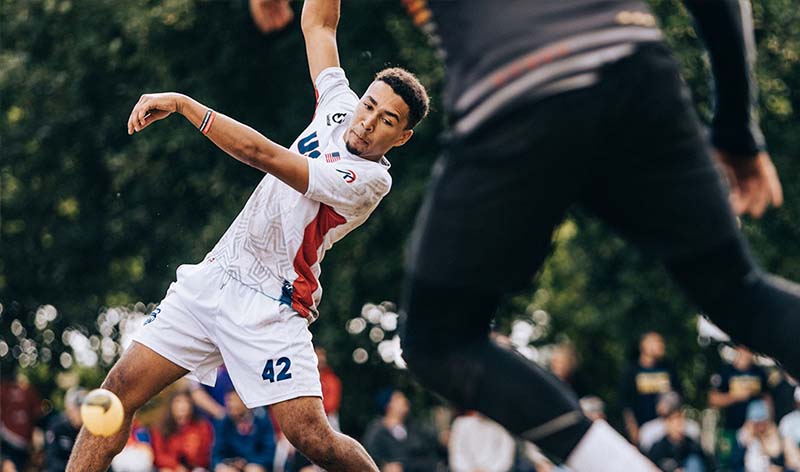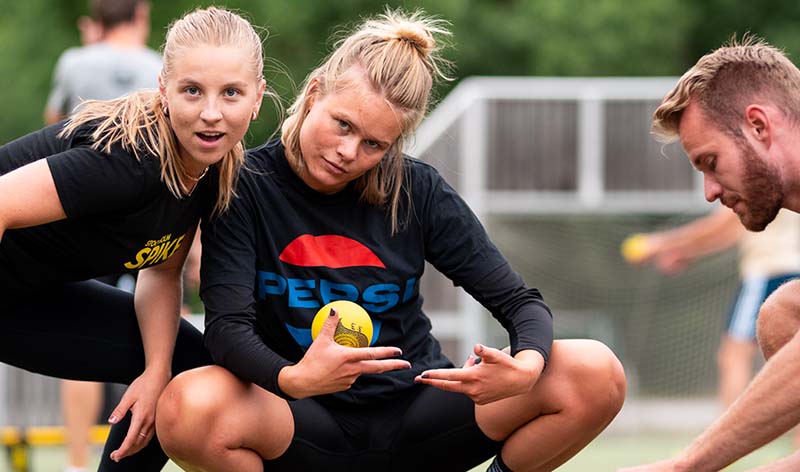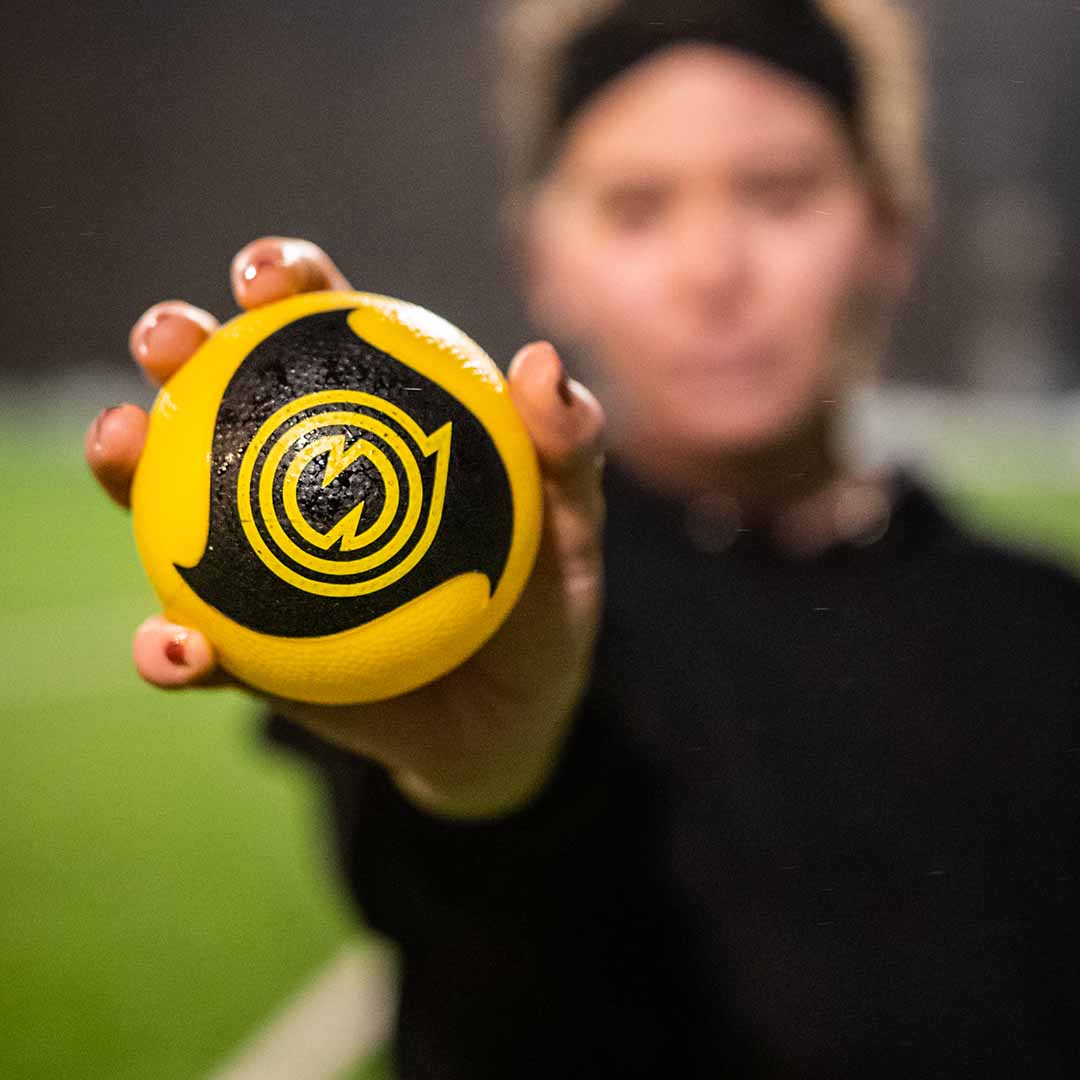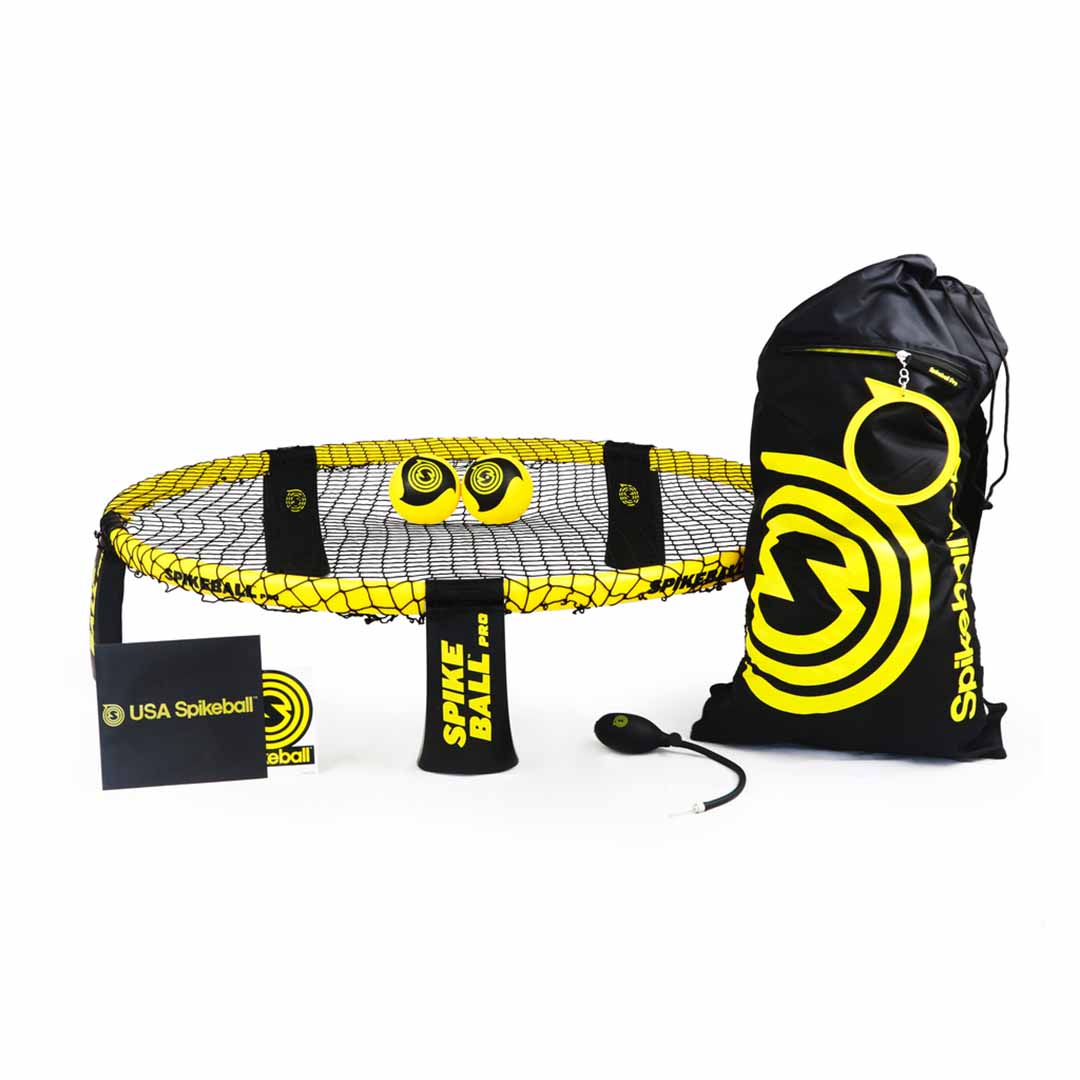
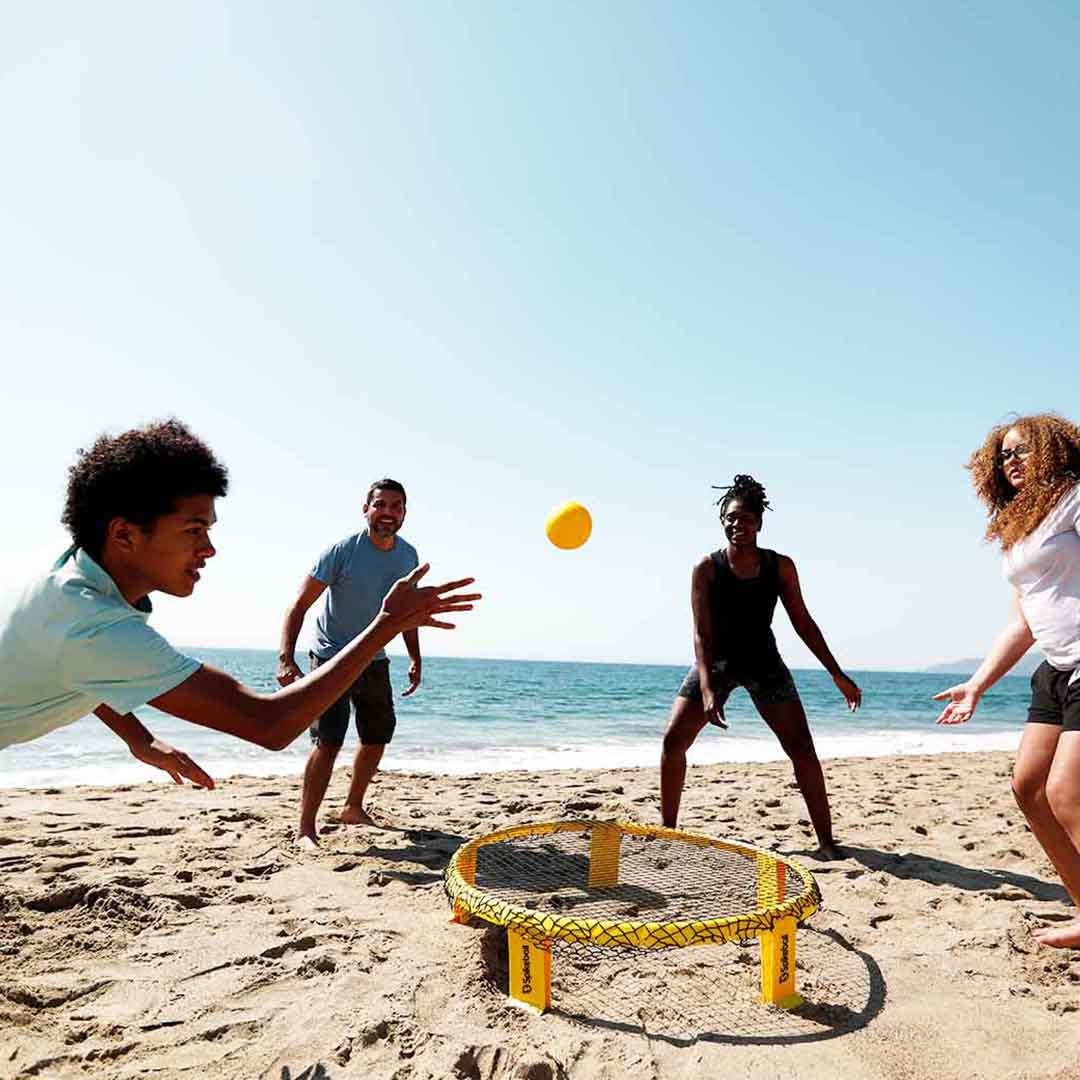
How to play roundnet
So you've seen that funky-lookin' trampoline game in the park and wondering why people are hitting a ball down onto it? Finally some answers.

If you like reading:
The sport of roundnet, aka "that yellow trampoline game" aka "if volleyball and foursquare had a baby" aka "enough with the wit I'd like to read the rules," is played 2 vs 2.
A player starts a point by serving the ball down onto the Spikeball net so it ricochets up at his opponents. The returning team has up to 3 hits between them (think bump, set, spike) to return the ball back onto the net. The rally continues until a team can't return the ball onto the net within their three touches.
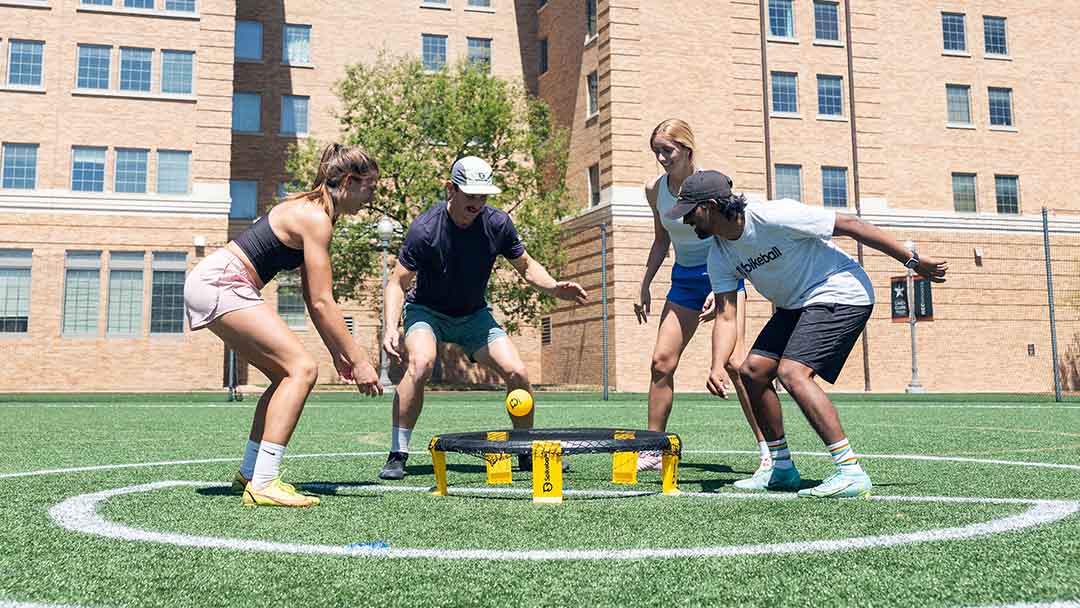
If you like videos
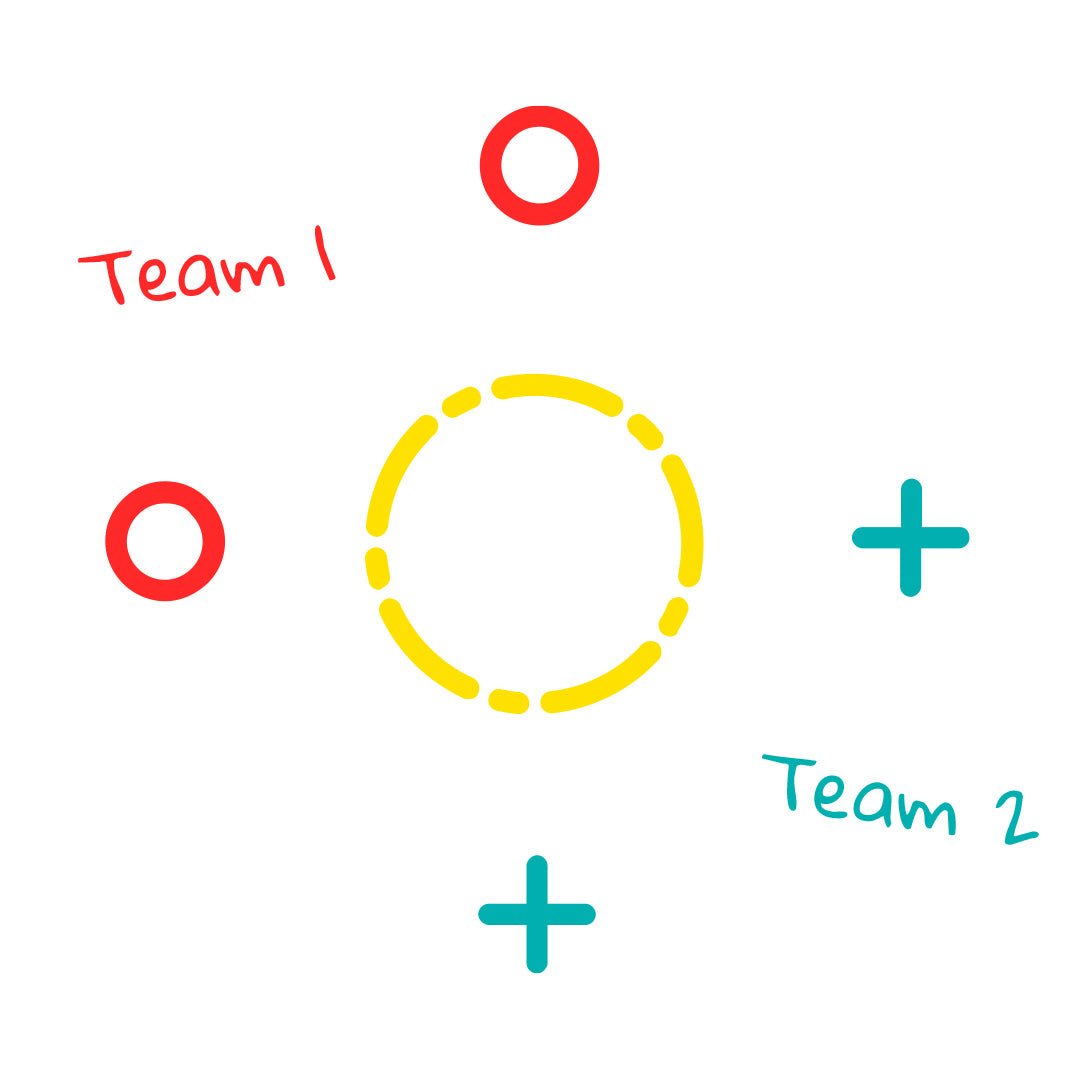
Teams of two set up in a cross formation
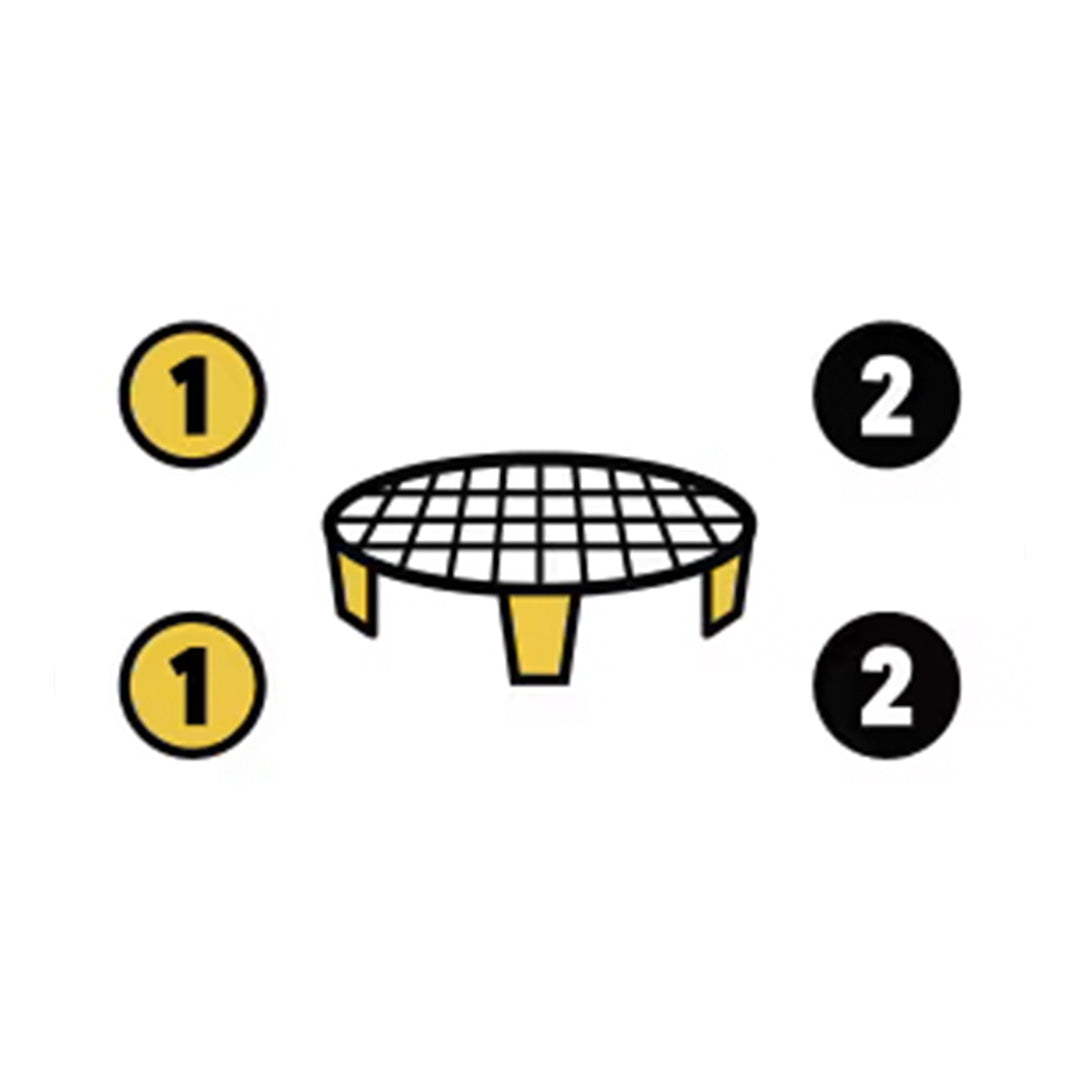
Team 1 serves to Team 2 to start a point
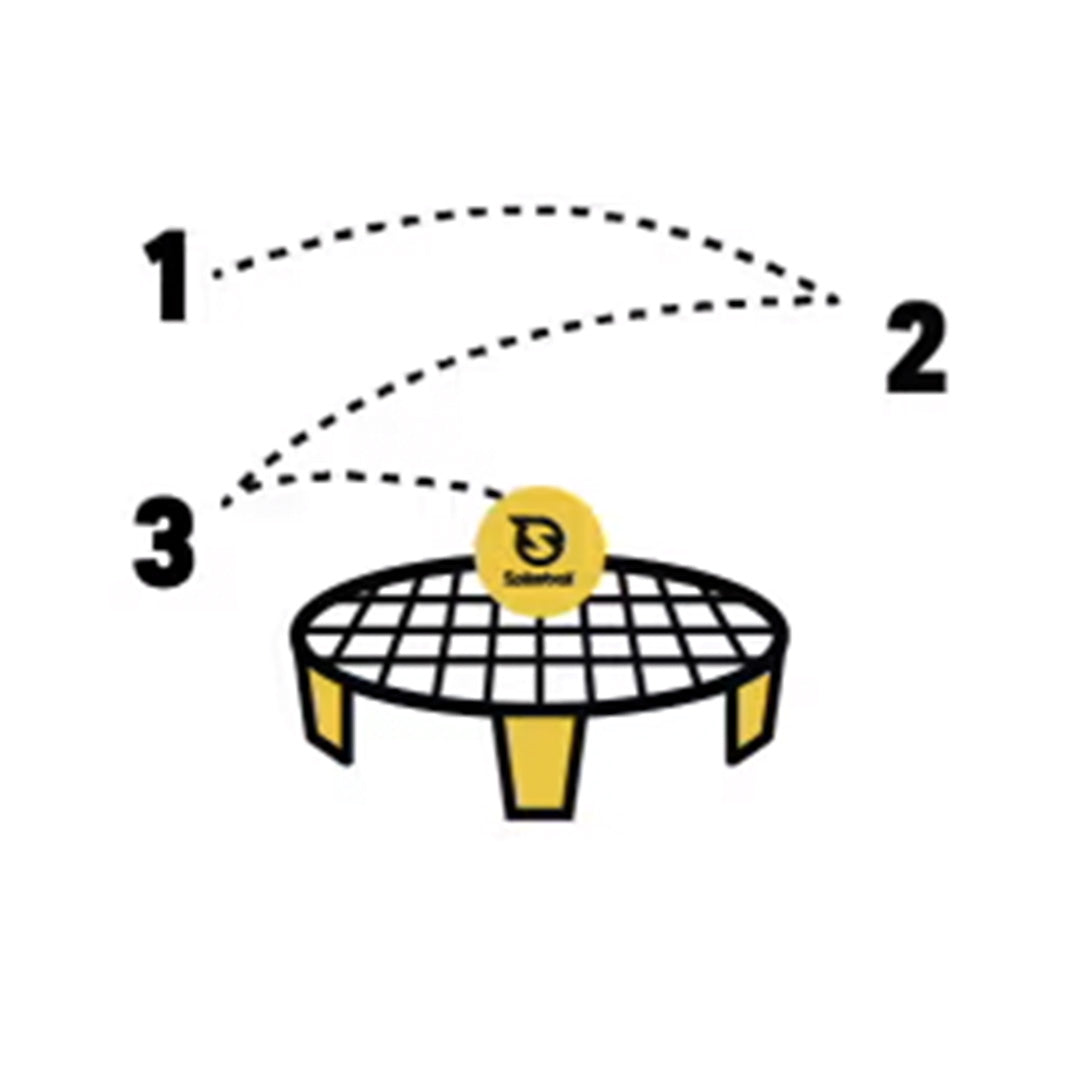
Players have up to three alternating touches to return the ball to the net
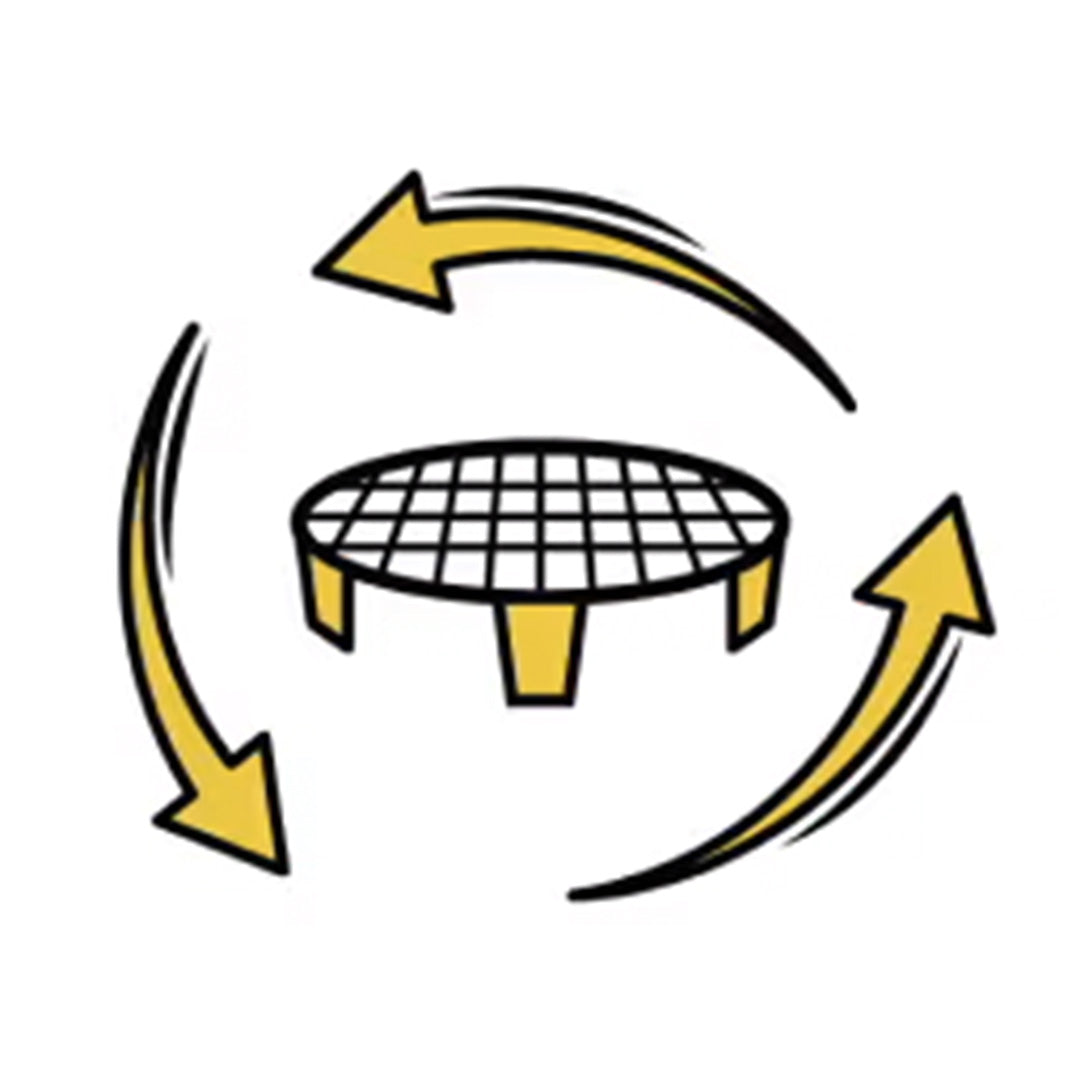
After the serve, players can move or hit in any direction around the net
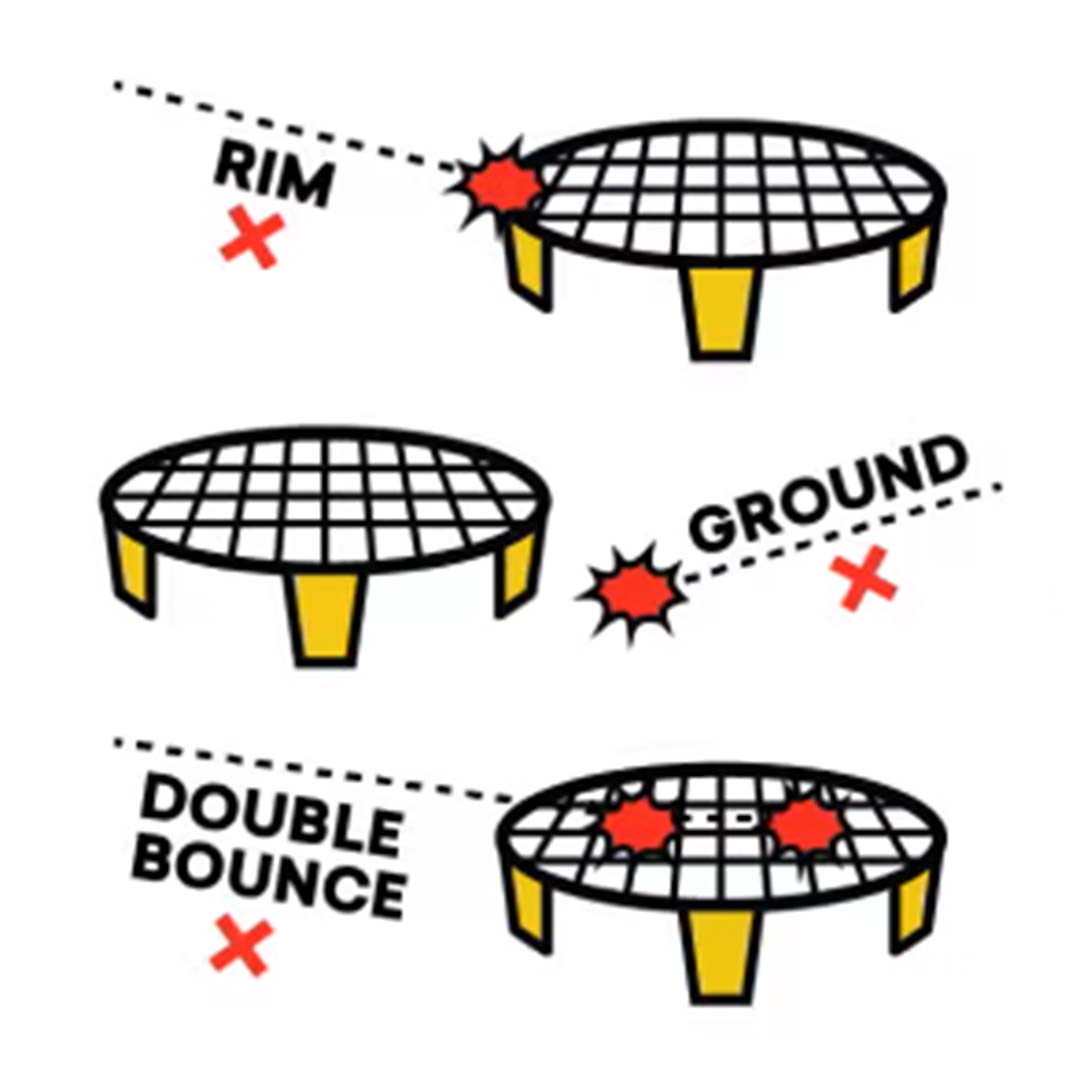
Score when the opposing team hits the rim, the ground, or bounces the ball more than once on the net
Teams of two set up in a cross formation
Team 1 serves to Team 2 to start a point
Players have up to three alternating touches to return the ball to the net
After the serve, players can move or hit in any direction around the net
Score when the opposing team hits the rim, the ground, or bounces the ball more than once on the net





For those that like to read. Or for those looking to settle a debate.
The Rules
Basics
Before Play
- The tension of the net should be consistent throughout. A ball dropped from 3 feet above the net should bounce up approximately 12-18 in
- Starting out? Get that net nice and bouncy to make rallies easier!
During Play
- Roundnet is played using rally scoring; points can be won by the serving or receiving team.
- Games are typically played to 11, 15 or 21. In tournament play, the tournament director specifies the winning score.
- Games must be won by two points unless otherwise agreed upon or specified.
- The rally ends and a point is awarded when:
- The ball contacts the ground or otherwise isn't returned onto the net within 3 touches
- The ball is hit directly into the rim at any time, unless it's the first serve
- The ball bounces and falls back onto the net or rim
- The ball clearly rolls across the net
Some key Spikeball terms
Pocket = when the ball hits that weird spot in between the net and rim and deviates. Pockets are not allowed on serves, but are allowed during rallies
Rim = the bar around the outside of the net. If the ball hits the rim at any point in a game, it's a fault
Roll-up = when the ball hits a pocket then rolls up over the rim. This is legal.
Soft-touch = if the ball is travelling in an upwards trajectory off the net when it hits a player, that player can choose to touch the ball again. His/her partner must then play the ball on to the net.
Serving
- All players except the receiver must begin the point at least 7 feet from the net (if you're new to the game, you can stand closer)
- To serve, you must toss the ball into the air then hit it on to the net
- The serve must come cleanly off the net (i.e. NOT hit a pocket or rim)
- If the first serve is a fault, the server gets a second serve
- Come up with a sequence for who serves in which order (e.g. player 1, then 3, then 2, then 4. Keep that order throughout the game)
- If the receiving team wins the point, the next designated player serves according to the initial sequence. Otherwise, the server switches places with his/her partner and serves to the other receiving team member.
- The receiving team sets their position first. The server stands 180 degrees across the designated receiver--the only player allowed to field the serve.
- Serves may be struck with any amount of force; short serves are allowed.
- If a server serves two faults, the receiving team wins the point. Violation of ANY of the following rules is a fault:
- If the server tosses the ball, he/she must hit it
- Dropping, catching, or swinging at and missing a toss all count as a fault
- To equalize sun and wind effects, rotate starting positions 90 degrees counter-clockwise every 5 points if desired
Scoring
- Games are typically played to 11, 15 or 21
- Every point counts - you don't just win a point on your serve
- Games must be won by 2 clear points
Rallies
- Touches must alternate between teammates. Consecutive touches by one player result in a loss of a point (unless it's a soft-touch - see key Spikeball terms!)
- The ball must be contacted cleanly, not caught or thrown
- Players may use any individual part of their body to hit the ball
- After the serve, any unusual bounce (i.e. pocket) that does not contact the rim is legal and playable
- A shot which lands on the net, rolls into the rim and then off the net (i.e. roll-up) is played as a pocket, not a direct rim hit
- If teams cannot determine the legality of a hit, replay the point
Hinders
- Defending players must make an effort not to impede the offending team's possession or play on the ball.
- If an offender collides with a defender, or a defender's position prevents a markeable offensive play on the ball, the infracted player may call "hinder" to force a replay of the point
- Don't be a jerk :)
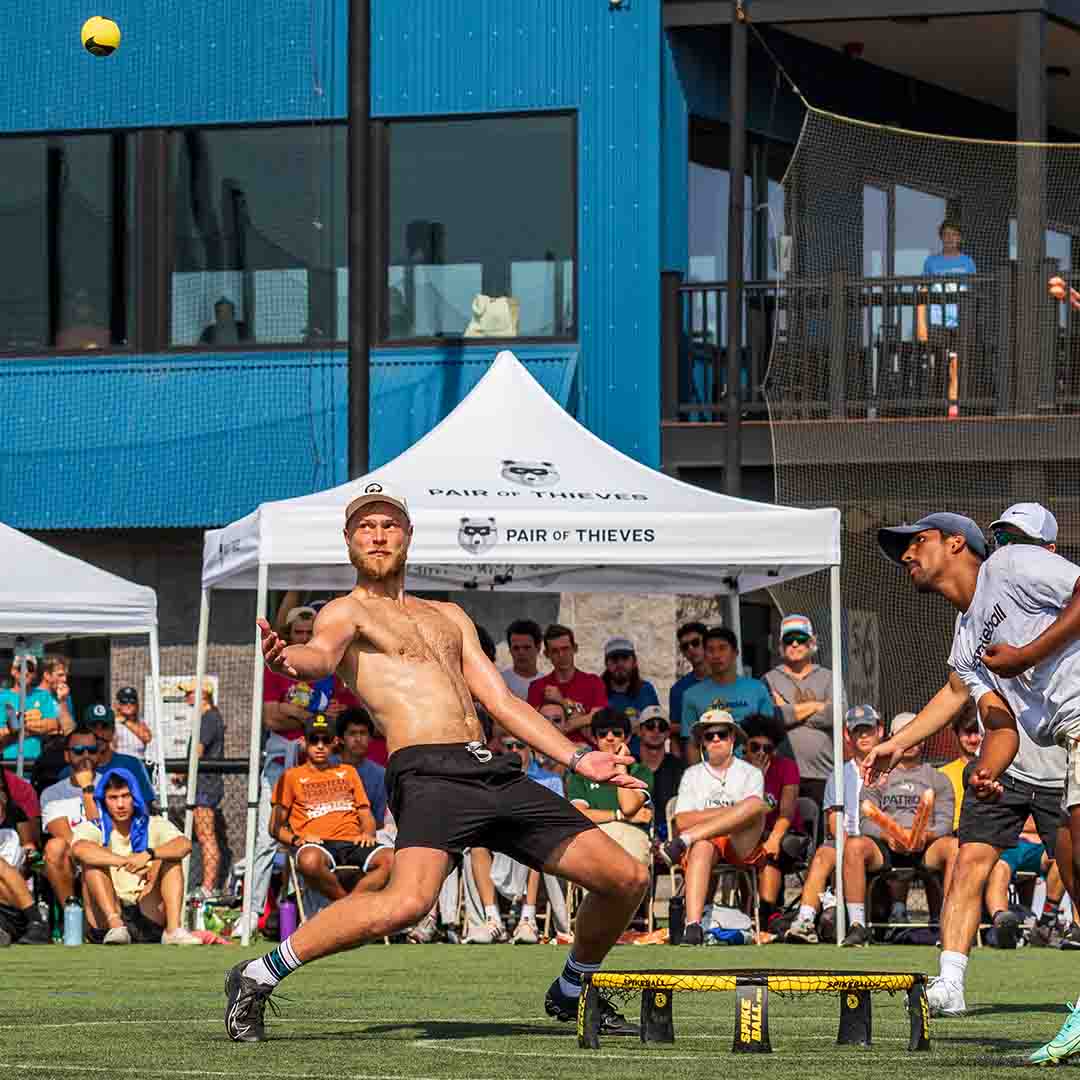
How to assemble your net
Got your new set and ready to ball? Here's how to set up your net to get the best outta the game.
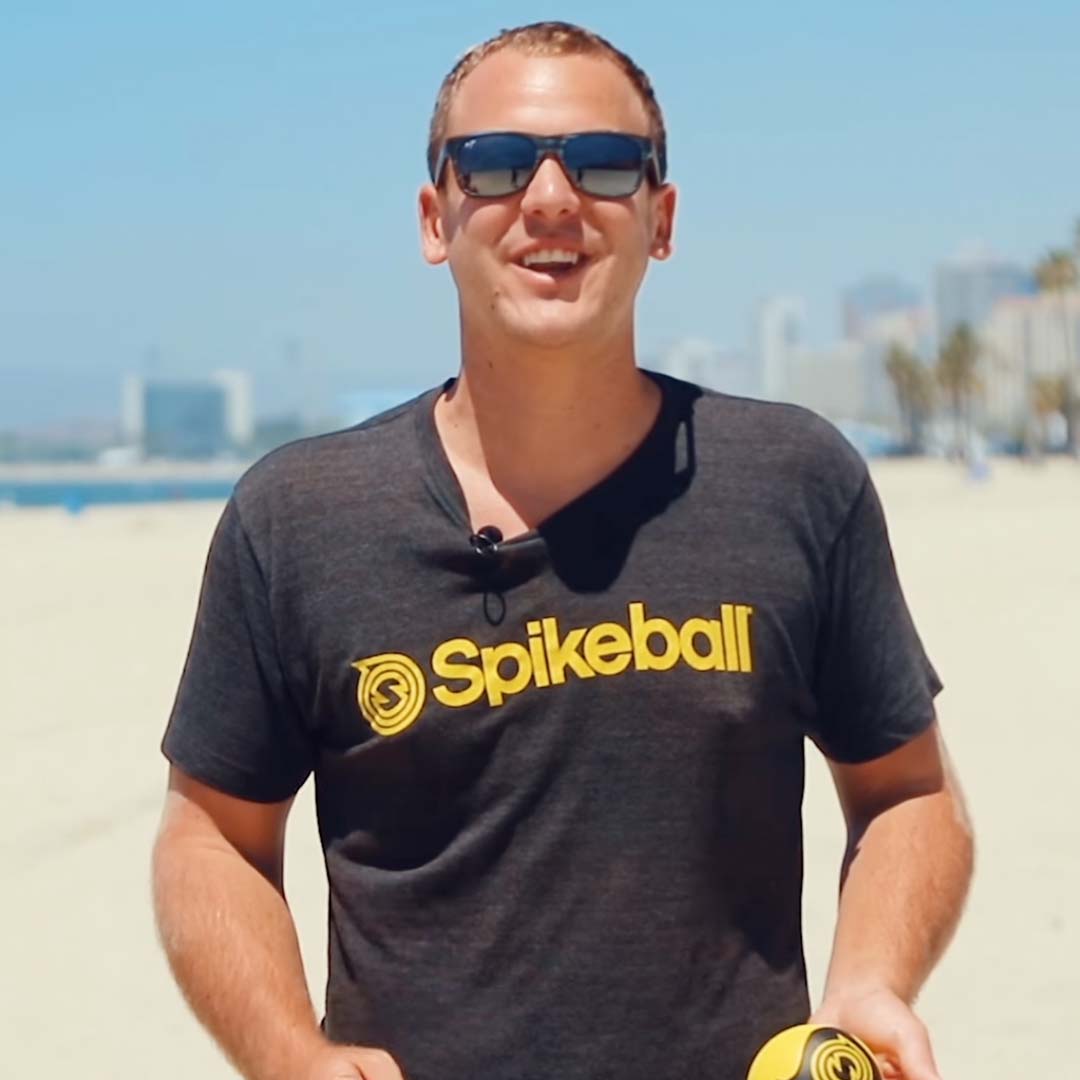
Master the basics with SpikeSchool
Check out our video series which covers all the basics and top tips. Get ready to beat all your buds.

Different ways to play
Floor is lava, dino-arms, paddles, 3v3... there are a tonne of ways to mix it up! Perfect for the kiddos or for anyone just looking for a good ol' time.
Wait a minute...
Is it 'Spikeball' or 'roundnet'?
Good qu. And one that has raised many a brow in past years. In short Spikeball™ = the brand. Roundnet = the sport.
Join the movement
Kit finder quiz
It's like the Harry Potter sorting hat but for Spikeball kits
Find me the perfect kitFUN MAIL
Sign up for emails/texts and get all the inside goss (plus first look at new product drops, banterful content and more) Don't worry, no spam here ⛔️





